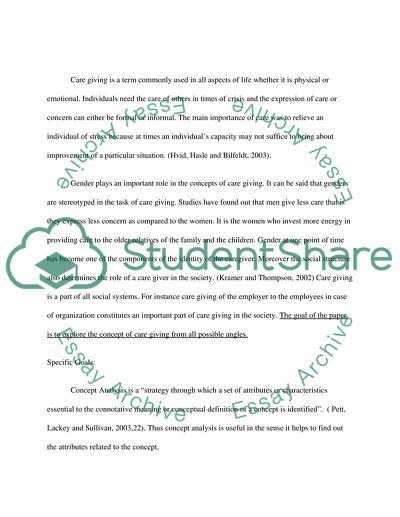Cite this document
(Long Term Care Reform in New Hampshire Research Paper, n.d.)
Long Term Care Reform in New Hampshire Research Paper. Retrieved from https://studentshare.org/social-science/1725539-concept-analysis
Long Term Care Reform in New Hampshire Research Paper. Retrieved from https://studentshare.org/social-science/1725539-concept-analysis
(Long Term Care Reform in New Hampshire Research Paper)
Long Term Care Reform in New Hampshire Research Paper. https://studentshare.org/social-science/1725539-concept-analysis.
Long Term Care Reform in New Hampshire Research Paper. https://studentshare.org/social-science/1725539-concept-analysis.
“Long Term Care Reform in New Hampshire Research Paper”, n.d. https://studentshare.org/social-science/1725539-concept-analysis.


